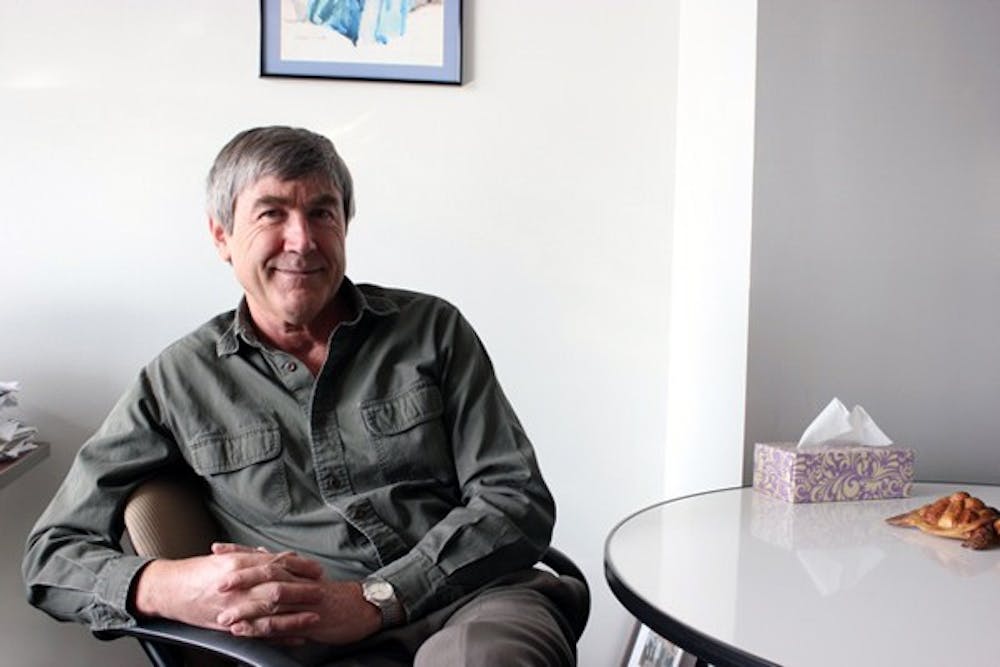Not only can time travel exist outside of a sci-fi novel, but one ASU theoretical physicist believes it can answer questions about cancer.
Paul Davies, director of ASU’s Beyond Center for Fundamental Concepts in Science, is studying the origins of cancer and said going back in time one billion years would allow scientists to examine the disease’s early development.
The National Cancer Institute at ASU, one of 12 federally funded cancer research centers located around the country, appointed Davies as the principal investigator of a study looking to find out why cancer cells multiply and spread, he said.
“(The center) would like to understand, at a more fundamental level, what this thing called cancer is and how to control it,” he said.
Davies will discuss the theory behind how time travel can be achieved at the Beyond Center’s annual Sci-Fi Meets Sci-Fact lecture.
The lecture will start Jan. 31 at 7 p.m. in Neeb Hall on the Tempe campus.
“Time travel is a fact, not fiction,” Davies said. “My primary interest is to understand, what is the role of cancer in the great story of life?”
Davies said the origin of cancer could be traced back a billion years, when singular cells began to turn into multi-cellular life. Seeing and understanding this transition, he said, will help scientists understand how to stop these cells from multiplying uncontrollably.
“We will only understand cancer when we can understand that step of going from single cell to multi cell,” he said.
Humans were once singular cells, and we still carry “ancient” genes that form cancer, Davies said.
When “ancient genes” are stressed by cancer-causing habits such as smoking and sunbathing, these genes “spring” into cancer, he said.
“We want to stop cancer cells from spreading and colonizing to other parts of the body,” he said.
Davies also works at the center with Sara Walker, an astrobiology post-doctoral researcher, to find the origins of single-cellular life.
Walker said Davies is the “go-to” guy whenever she has physics questions.
Davies is the best at communicating new pathways and theories simply, Walker said.
Prashant Samantray, a physics graduate student who works with Davies, said Davies explains his theories on cancer well.
“He can explain a very complicated idea in a very simple manner,” Samantray said.
Reach the reporter at thaniab@asu.edu Click here to subscribe to the daily State Press newsletter.




